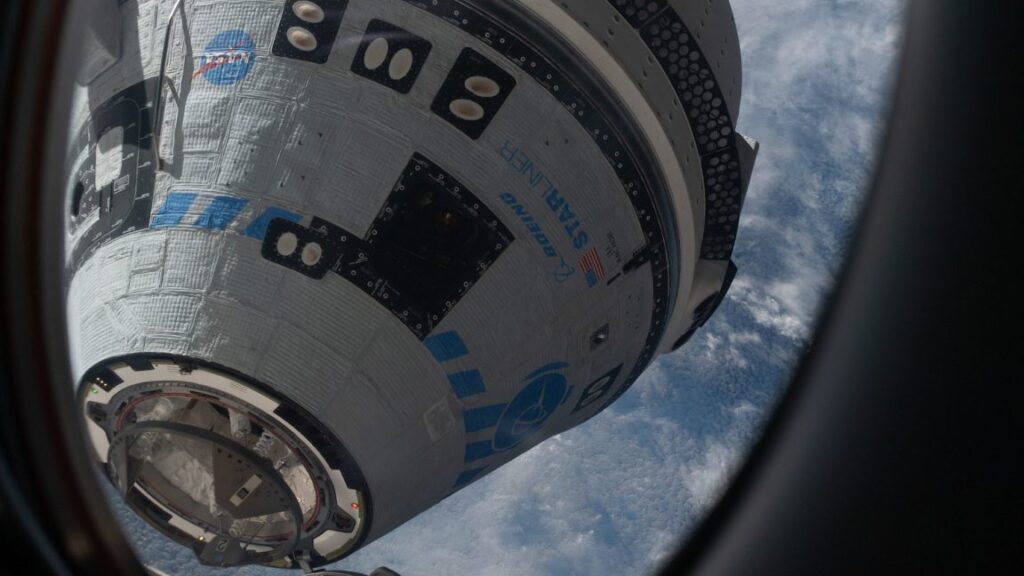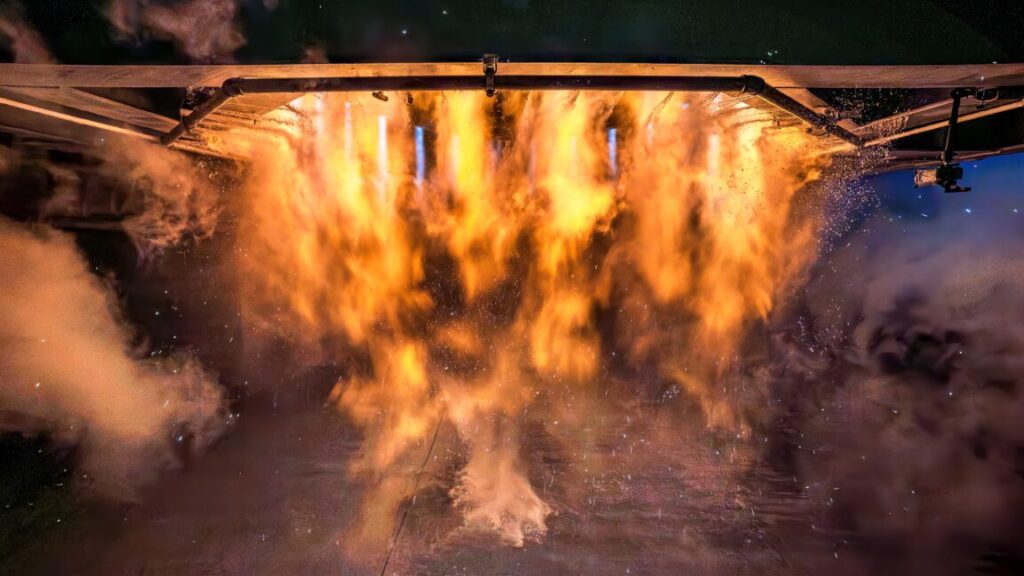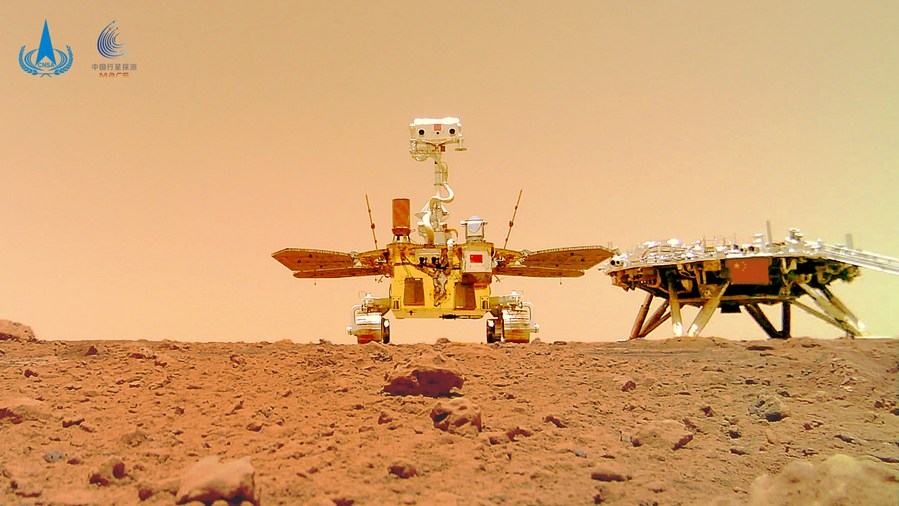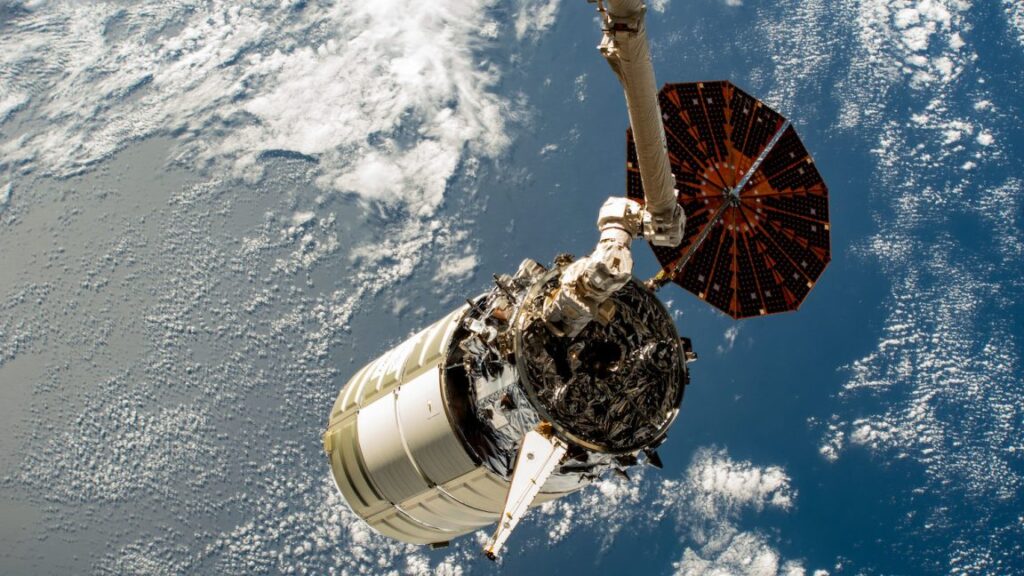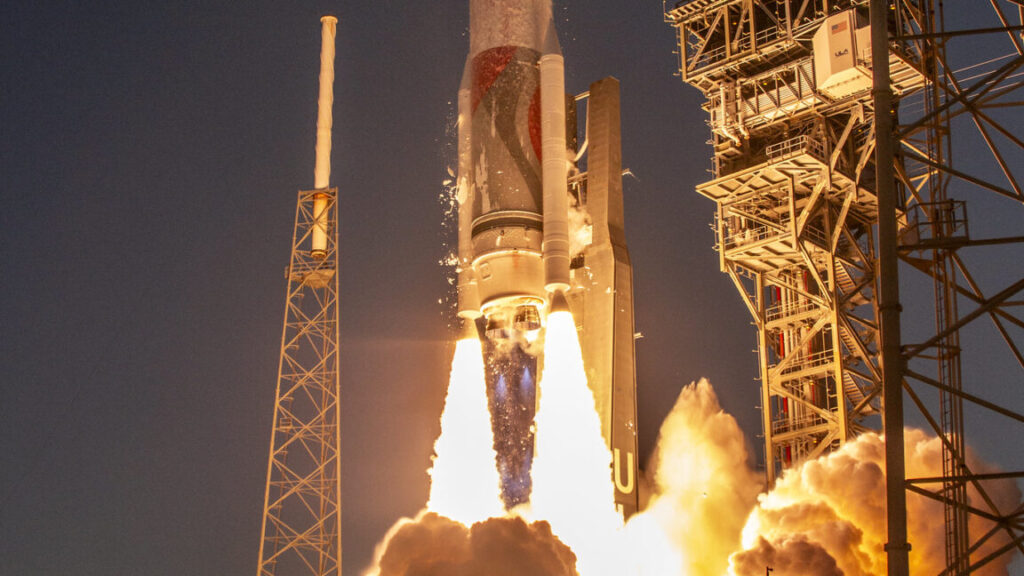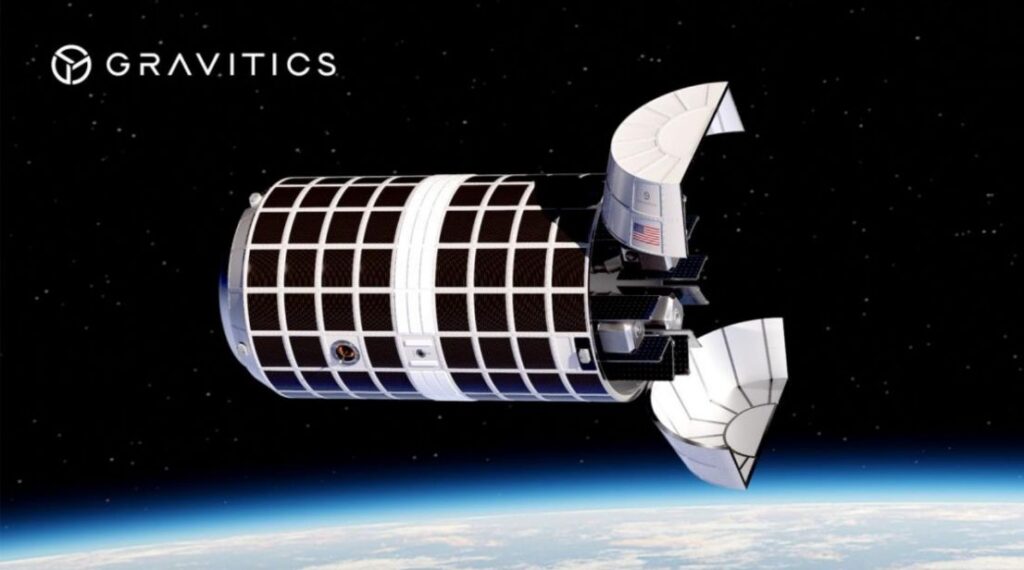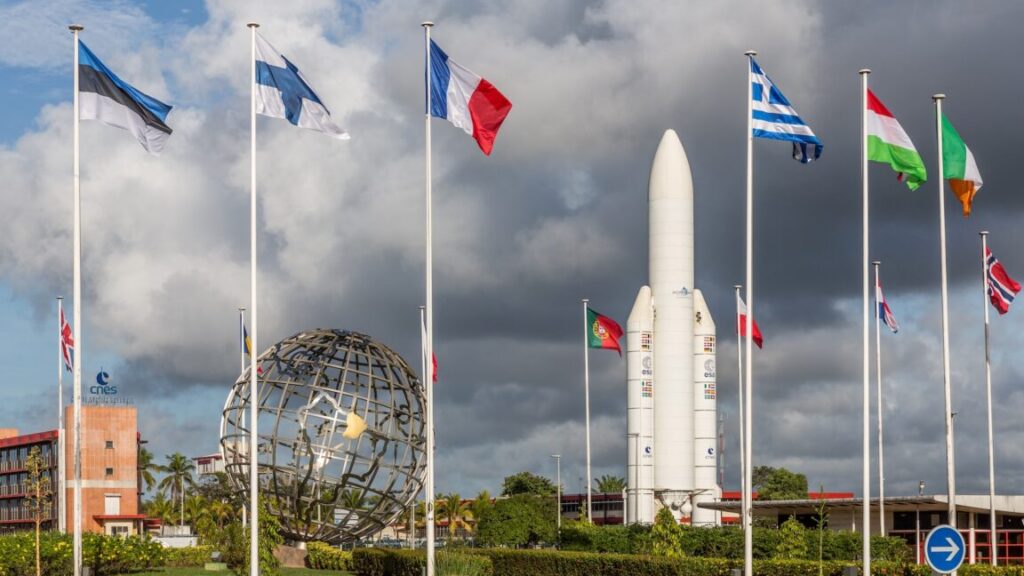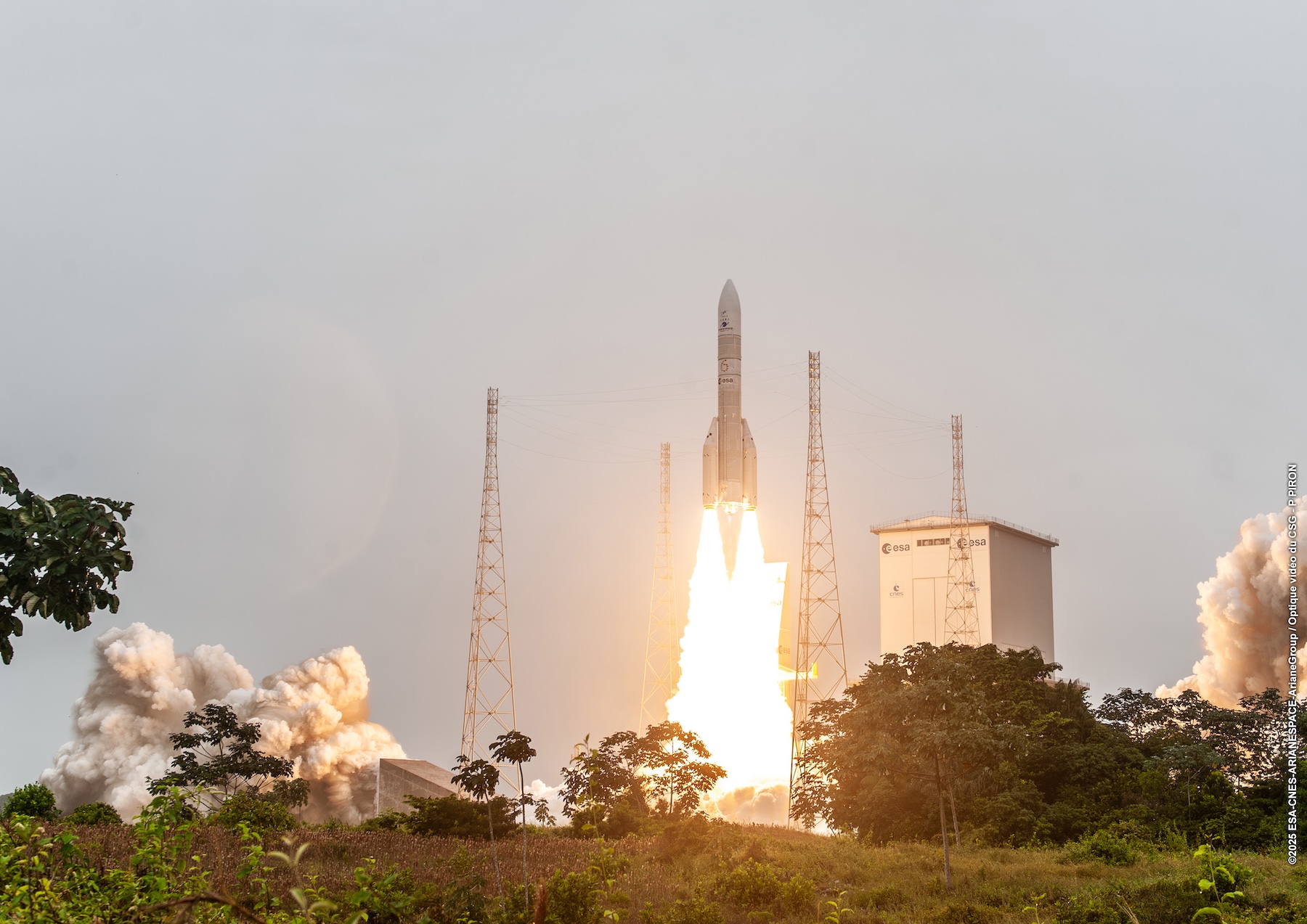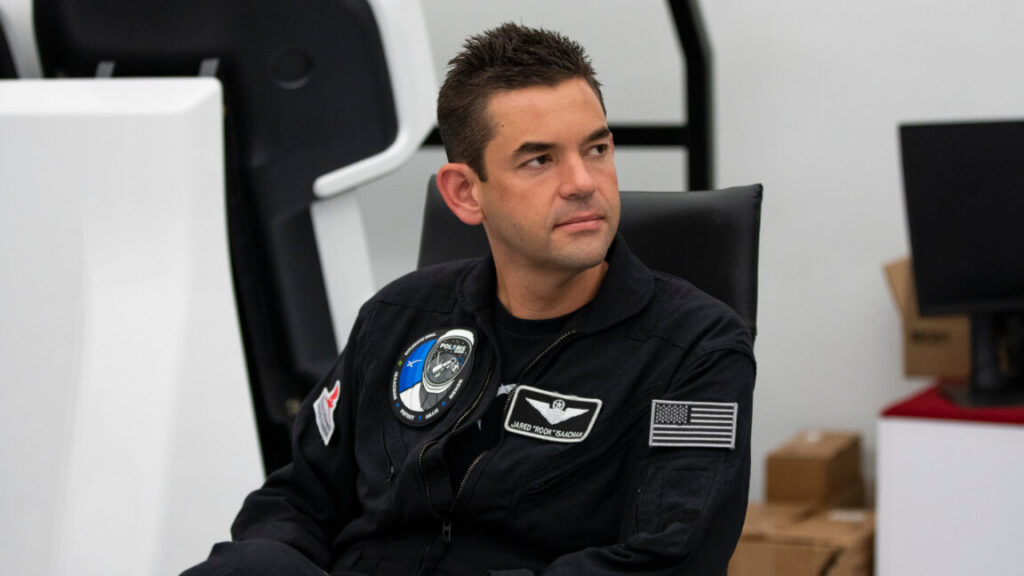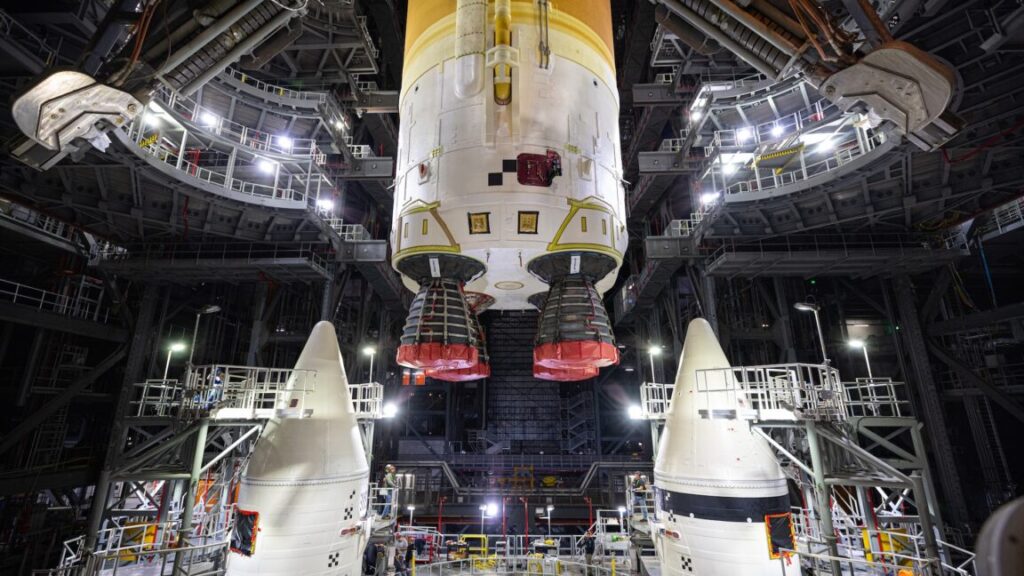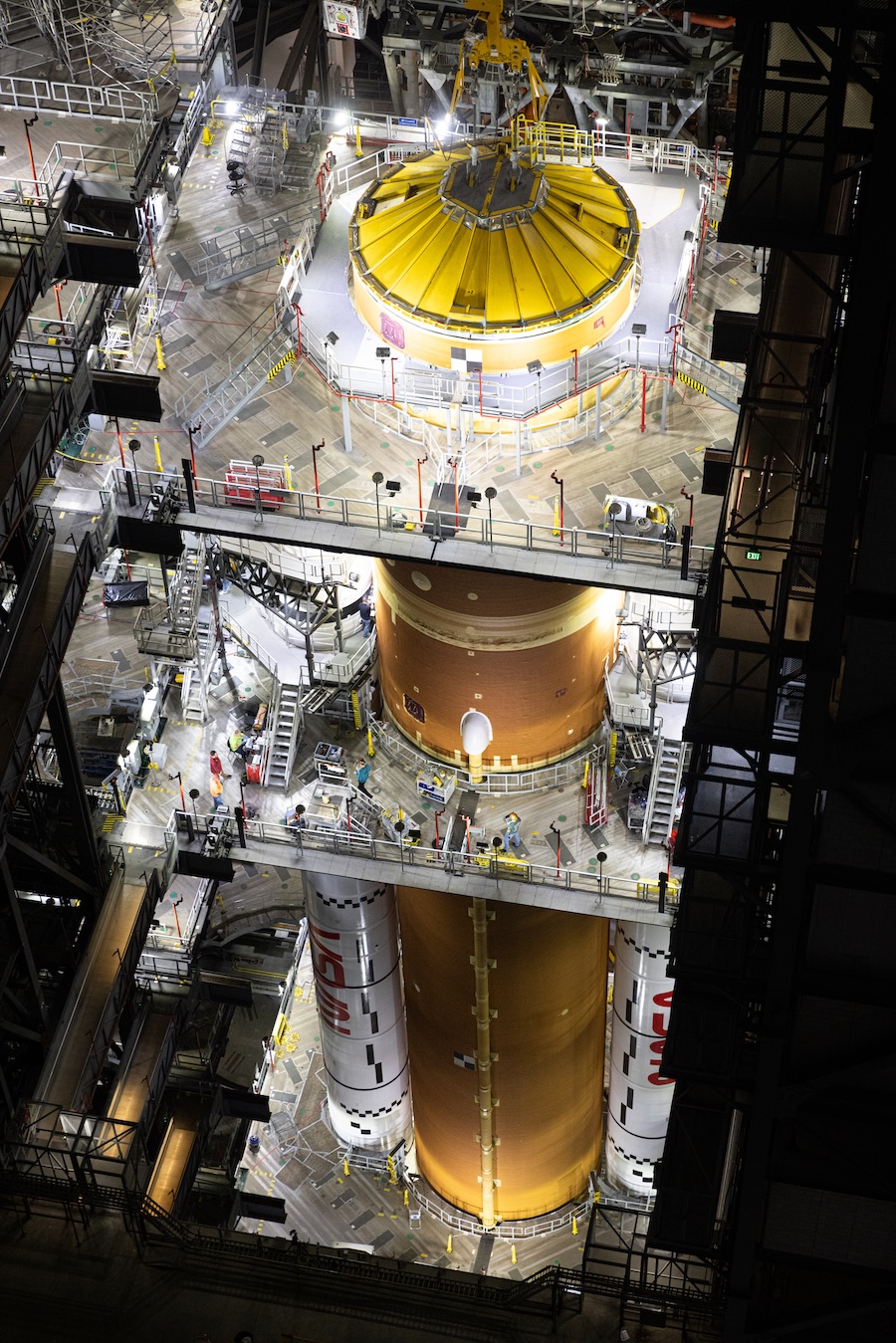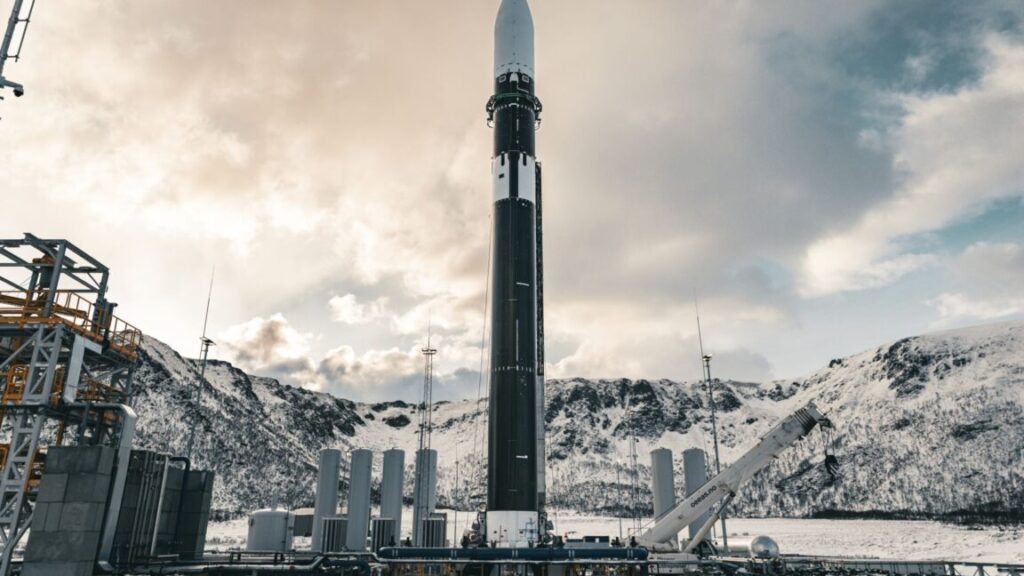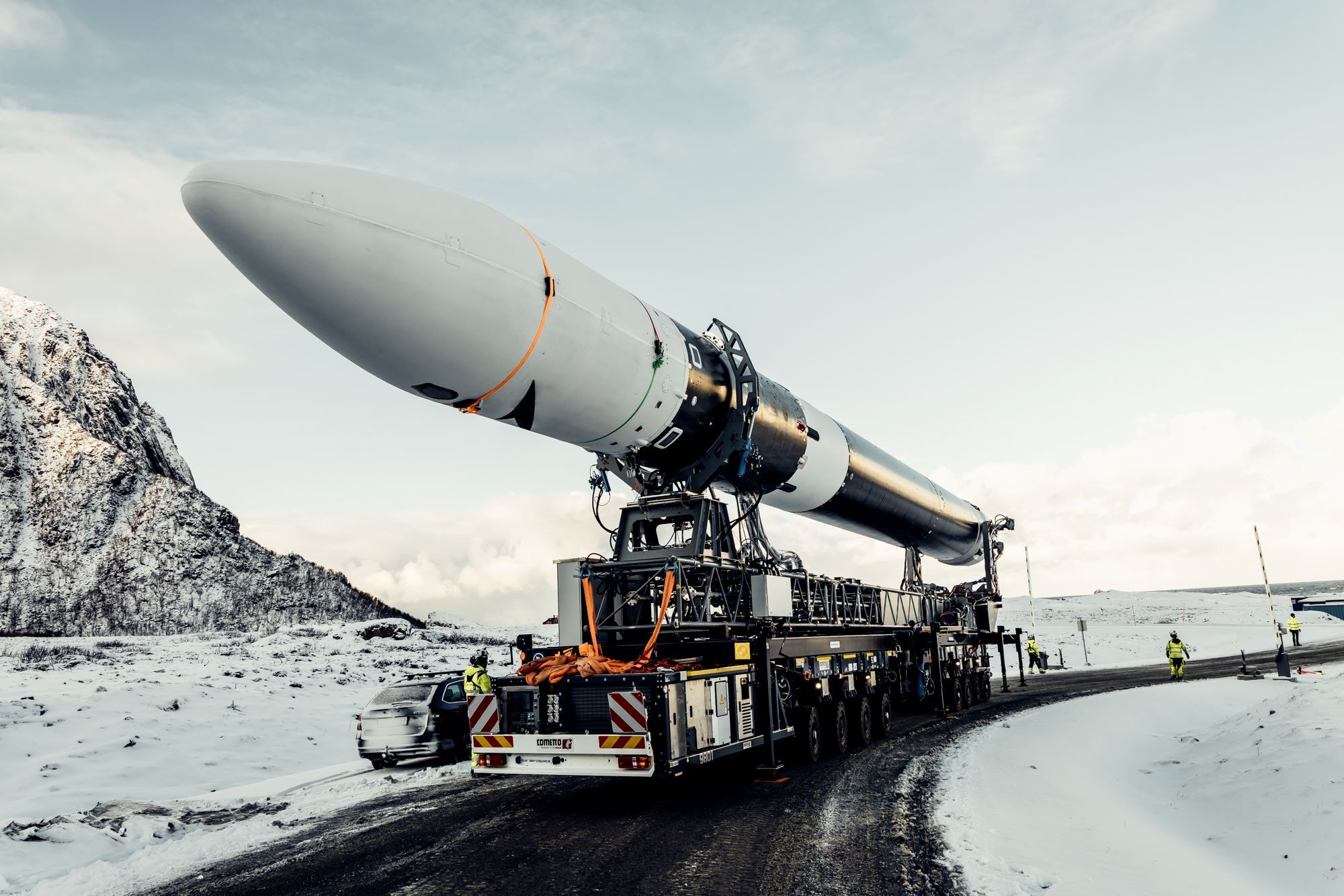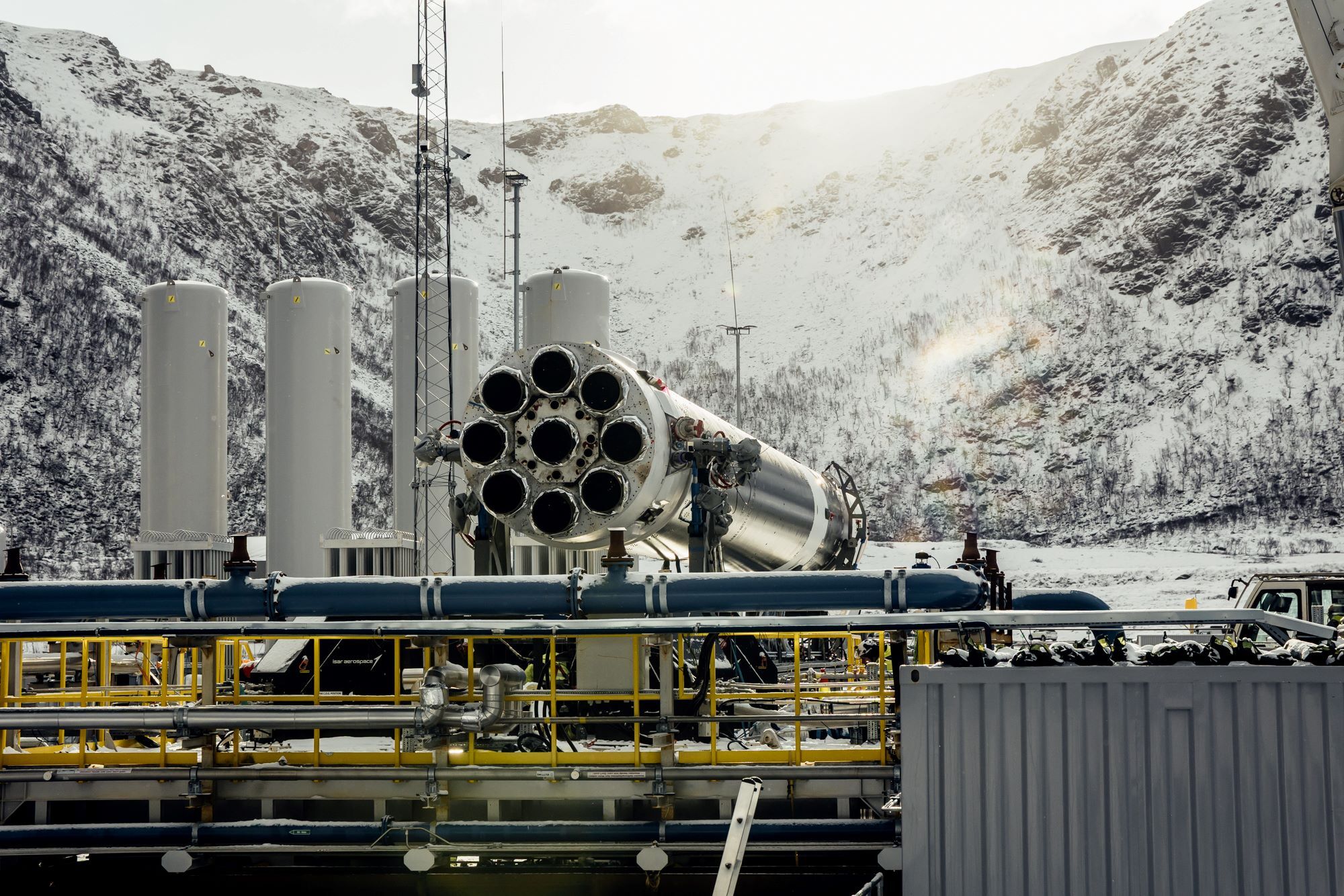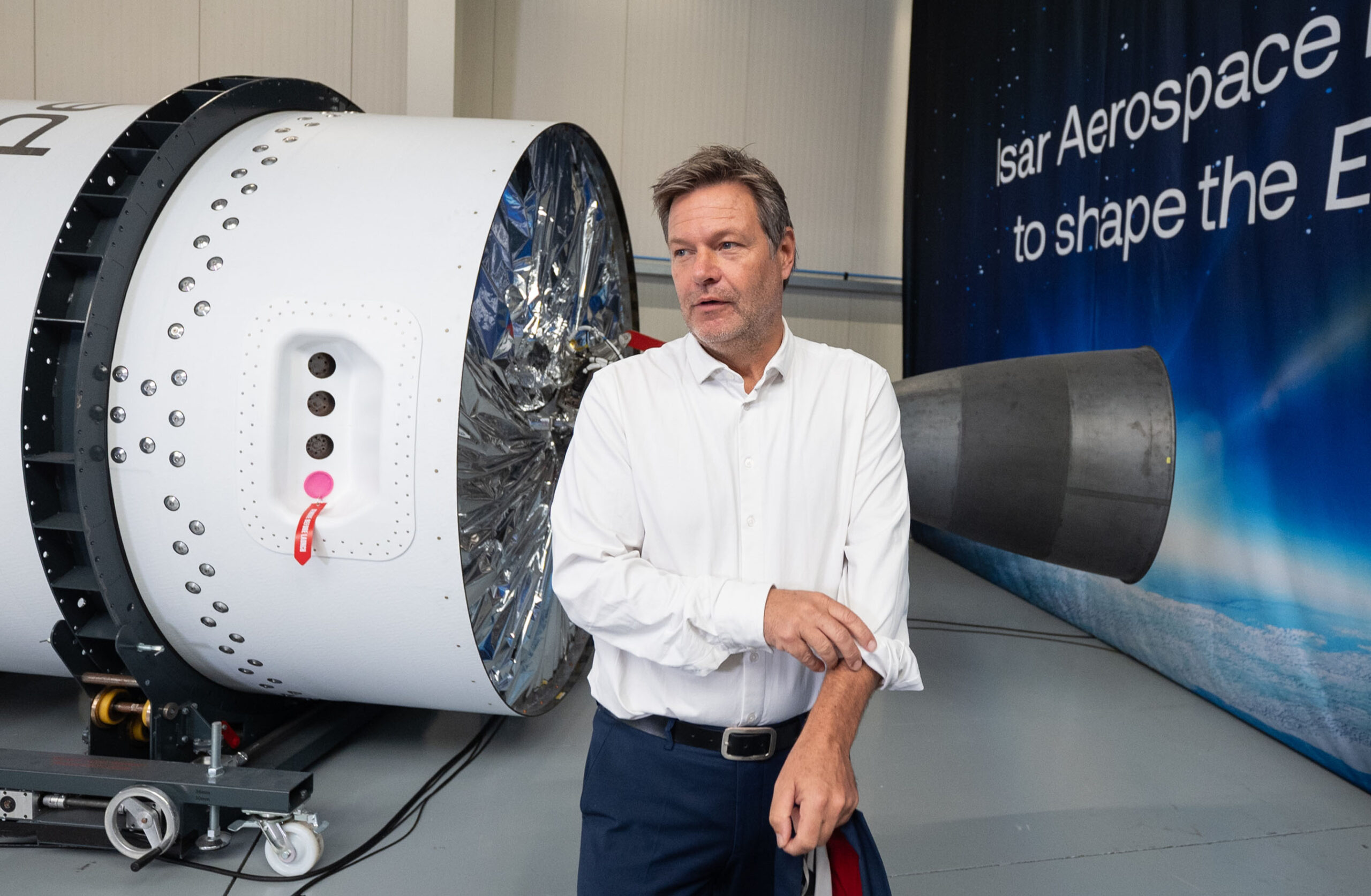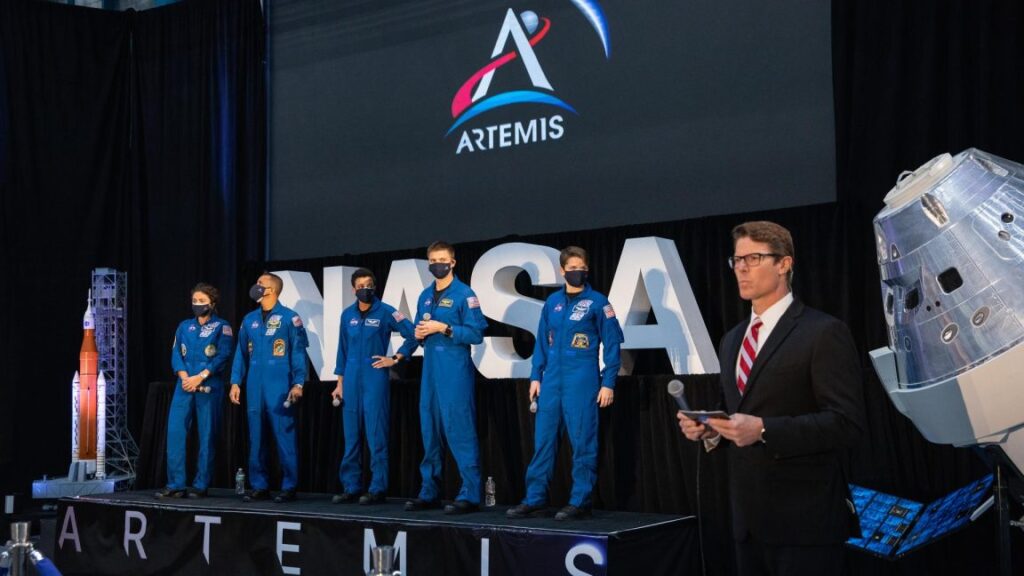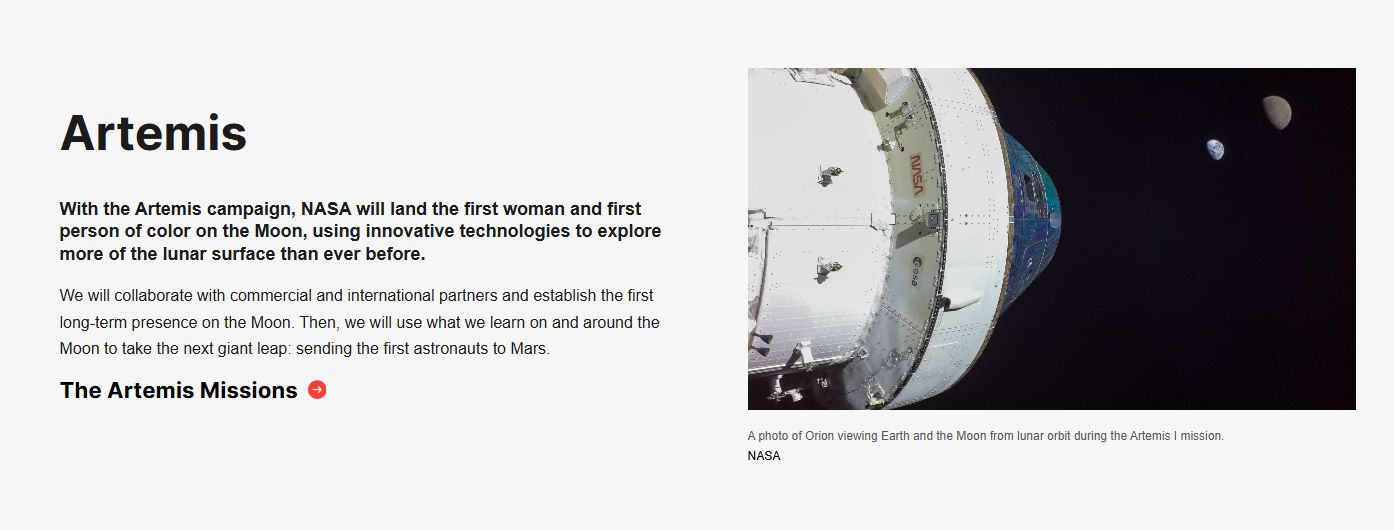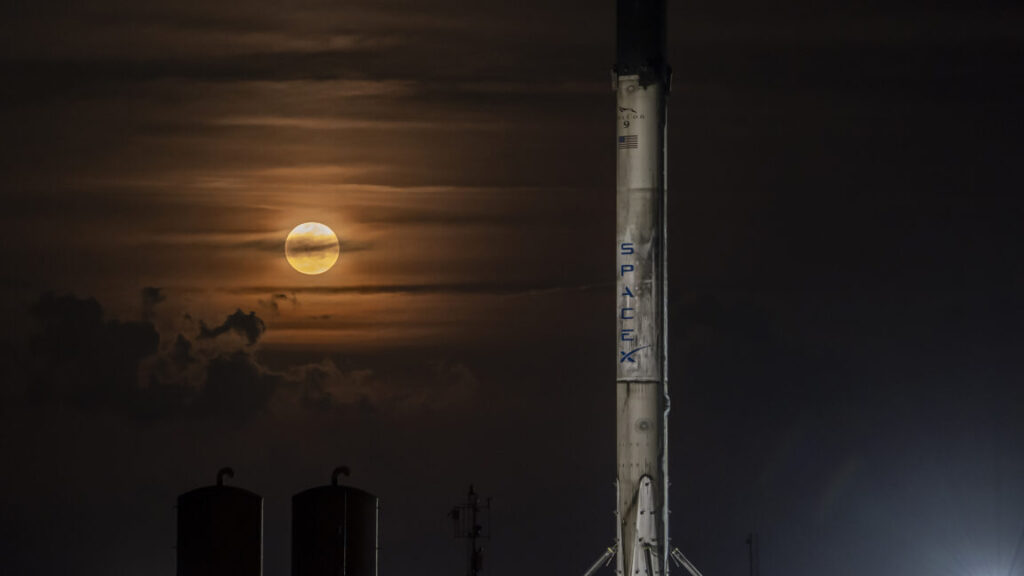NASA to put Starliner’s thrusters through an extensive workout before next launch
More than half a year after an empty Starliner spacecraft safely landed in a New Mexico desert, NASA and Boeing still have not decided whether the vehicle’s next flight will carry any astronauts.
In an update this week, the US space agency said it is still working through the process to certify Starliner for human missions. Whether it carries cargo or humans, Starliner’s next flight will not occur until late this year or, more likely, sometime in 2026.
Two things stand out in the new information provided by NASA. First, there remains a lot of work left to do this year before Starliner will fly again, including extensive testing of the vehicle’s propulsion system. And secondly, it is becoming clear that Starliner will only ever fly a handful of missions to the space station, if that, before the orbiting laboratory is retired.
Long line of tests
Several issues marred Starliner’s first crew flight to the space station last June, but the most serious of these was the failure of multiple maneuvering thrusters. Concerns about these thrusters prompted NASA to fly Starliner’s crew, Butch Wilmore and Suni Williams, home on a Crew Dragon vehicle instead. They safely landed earlier this month.
Starliner returned autonomously in early September. Since then, NASA and Boeing have been reviewing data from the test flight. (Unfortunately, the errant thrusters were located on the service module of the spacecraft, which is jettisoned before reentry and was not recovered.)
Although engineers from NASA and Boeing have worked through more than 70 percent of the observations and anomalies that occurred during Starliner’s flight, the propulsion system issues remain unresolved.
NASA to put Starliner’s thrusters through an extensive workout before next launch Read More »
